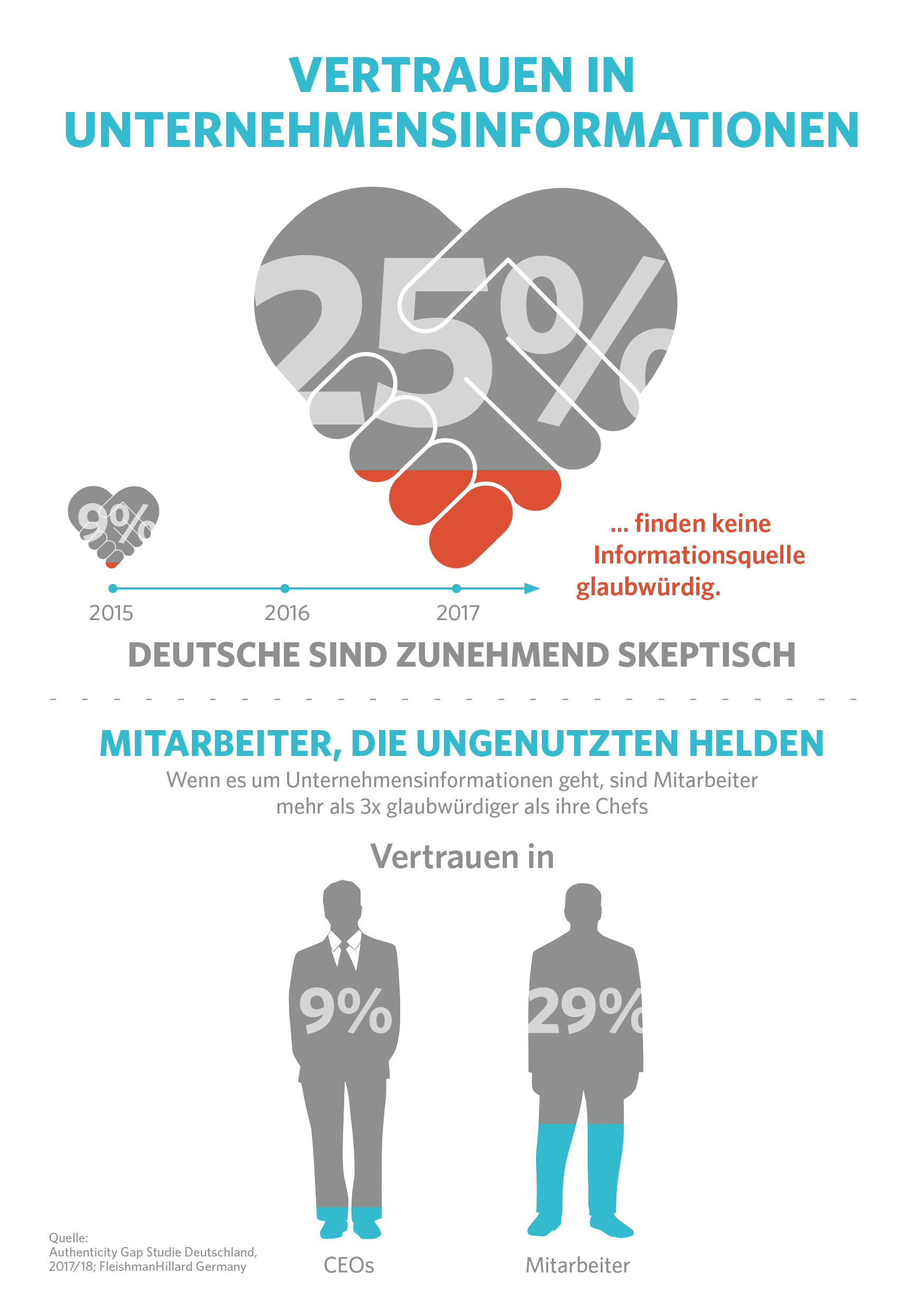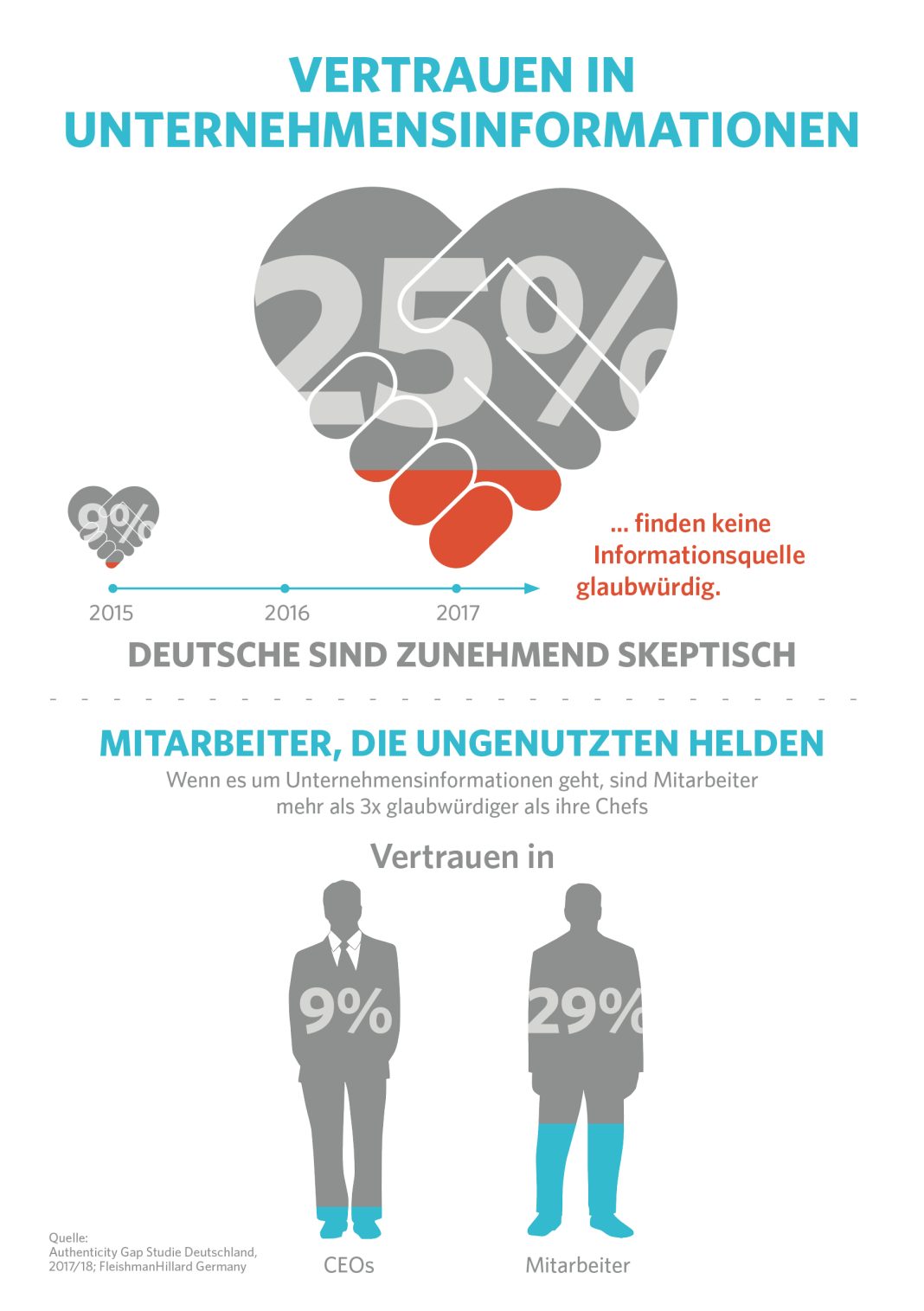
The Rise of Nano-Influencers
In the world of influencer marketing, we are witnessing a significant shift. Gone are the days when celebrities held all the sway, convincing us to buy products we didn’t really need. Today, only 3 percent of consumers are swayed by celebrity endorsements, as we have grown tired of the constant barrage of sponsored content and undisclosed sponsorships.
So, what has gone wrong? Influencers have lost touch with their audience by inundating them with repetitive, commercialized content that lacks authenticity. They have forgotten that we crave real human connection and genuine recommendations. However, there is a glimmer of hope on the horizon: the era of nano-influencers.
Nano-influencers are the new darlings of marketing teams everywhere. These influencers have just a few thousand followers and post relatable, authentic content. They are not living in the ivory towers of Instagram fame but rather next door, buying milk from the corner shop like the rest of us. Brands have recognized the power of these nano-influencers and 85 percent of them still believe in the effectiveness of influencer marketing.
TikTok has become the kingdom of nano-influencers, and with the rise of AI, 60 percent of brands plan to allocate more budget for influencer campaigns by 2024. It is quite impressive considering that these nano-influencers may only have 3,000 followers. Their authenticity and down-to-earth charm have won the trust of their audience, making them highly influential in the marketing world.
The New Twist: De-Influencing
In a surprising turn of events, influencers are now leading the charge in telling us what not to buy. This movement, known as de-influencing, is a refreshing exercise in anti-consumerism. Influencers are using their platforms to be honest and selective about the products they promote, thereby maintaining the trust of their audience.
This shift towards de-influencing reflects a broader change in how influencers maintain credibility. They have realized that mindlessly promoting every product is not sustainable in the long run. Influencers have become more cautious and understand the importance of being honest with their audience.
The infamous #mascaragate scandal of 2023 involving beauty influencer Mikayla Nogueira played a significant role in fueling the de-influencing movement. Mikayla was accused of using fake eyelashes while promoting L’Oreal mascara that claimed to give you lashes long enough to swat a fly. Despite the scandal, the mascara sold like hotcakes, highlighting the irony of the situation.
De-influencing is not just about saving consumers from mediocre products; it is a broader movement driven by Gen Z. This generation values sustainability, thriftiness, and conscious consumption over the flashy, materialistic world of traditional influencer marketing. Gen Z influencers now showcase thrift-store finds, DIY projects, and worn-out cars that have somehow survived the apocalypse.
A Broader Movement and the Future of Influencer Marketing
The shift towards de-influencing signifies that influencer marketing is evolving into a larger strategy rather than just a standalone sales channel. Modern influencer marketing is now focused on creating engaging social content that brands can use across multiple platforms to build credibility and increase conversions.
We are at a crossroads in influencer history. Nano-influencers are rising in popularity, while de-influencers are reigning. Big-name celebrities are left wondering where it all went wrong. However, the marketers are watching closely, eager to capitalize on this next chapter of social media madness.
The moral of the story is that influencers may change their tune, but they still hold influence over us. Whether we like it or not, they shape our purchasing decisions. The key is to be aware, discerning consumers who critically evaluate the recommendations put forth by influencers. In this ever-changing landscape, authenticity and transparency are paramount.


